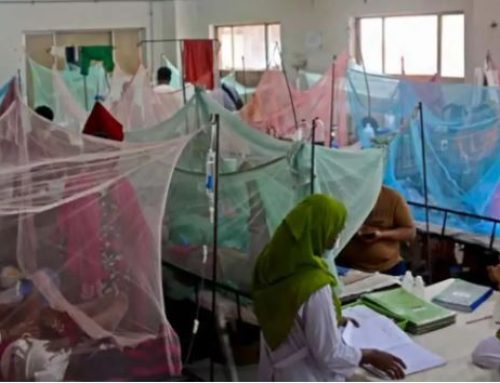Project Description
Author: Kamrul-Hasan et al.
Summary: Aims: To risk-stratify patients with type 2 diabetes mellitus (T2DM) according to the International Diabetes Federation- Diabetes and Ramadan International Alliance (IDF-DAR) 2021 guidelines and to observe their responsiveness to risk-category-based recommendations and fasting experience.
Methods: This observational study, conducted in the peri-Ramadan period of 2022, evaluated subjects with T2DM and categorized them using the 14-item IDF-DAR 2021 risk stratification tool. Recommendations for fasting according to the risk categories were made, their intention to fast was recorded, and follow-up data, including hypo- and hyperglycemic events in the month, were collected within one month of the end of Ramadan.
Results: Among 1328 participants (age 51.1±11.9 years, female 61.1%), only 29.6% had pre-Ramadan HbA1c <7.5%. According to the IDF-DAR risk category, 44.2% of participants fall in the low-risk (should be able to fast), 45.7% fall in the moderate-risk (not to fast), and 10.1% fall in the high-risk (should not fast) group. Most (95.5%) intended to fast, and 71.0% fasted the full 30 days of Ramadan. The overall frequencies of hypoglycemia (3.5%) and hyperglycemia (2.0%) were low. Hypoglycemia and hyperglycemia risks were 3.74-fold and 3.86-fold higher, respectively, in the high-risk group than in the low-risk group.
Conclusion: The new IDF-DAR risk scoring system seems to be overenthusiastic and conservative in the risk categorization of T2DM patients in terms of fasting complications.
Keywords: IDF-DAR risk calculator, T2DM, Ramadan fasting, Fasting complications, Hypoglycemia
Status: Ongoing
Full text link: Not available



